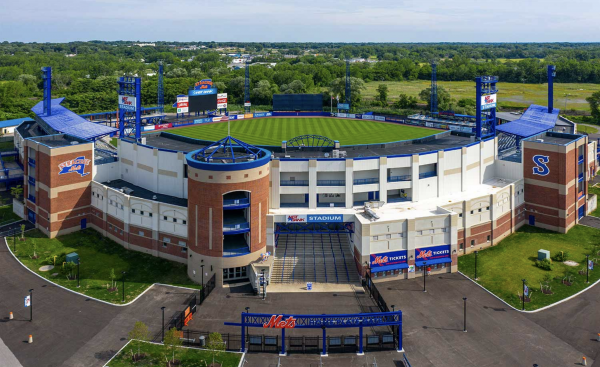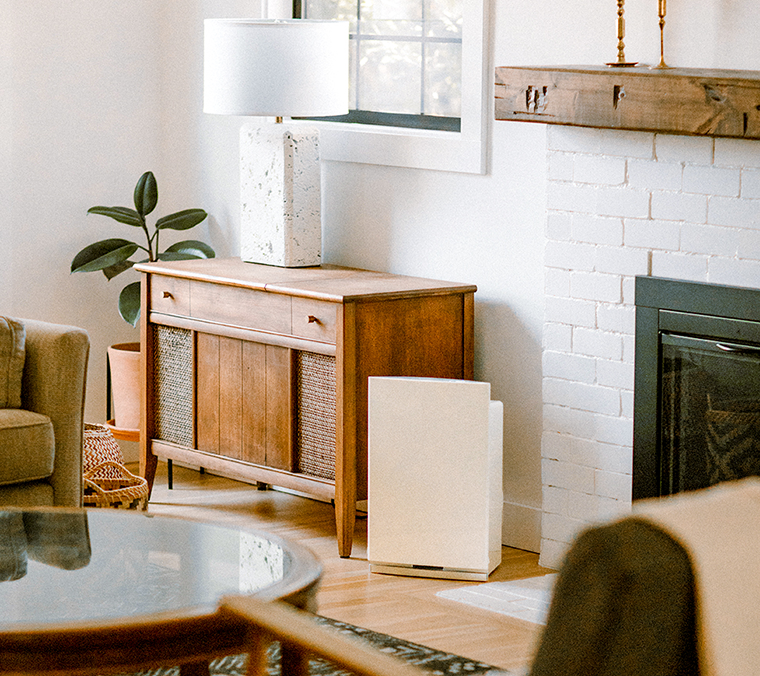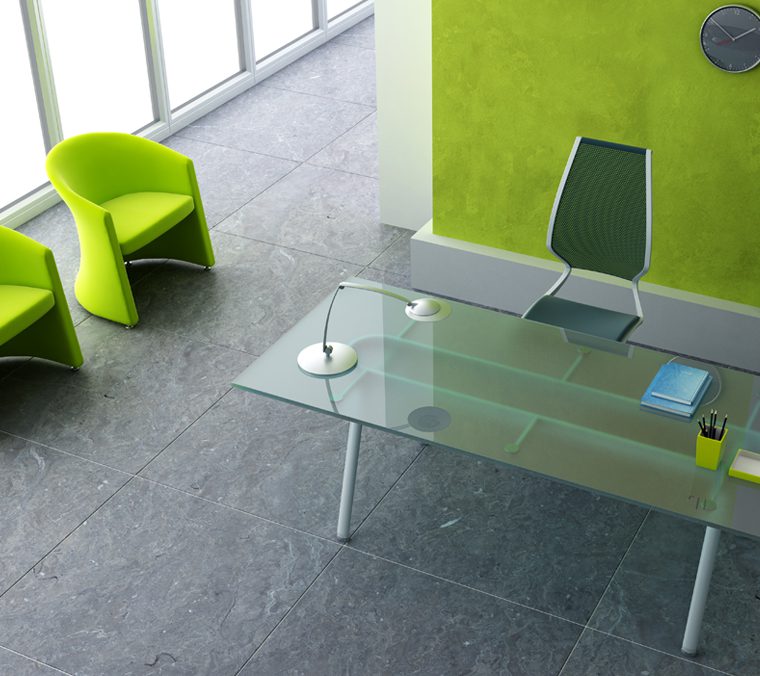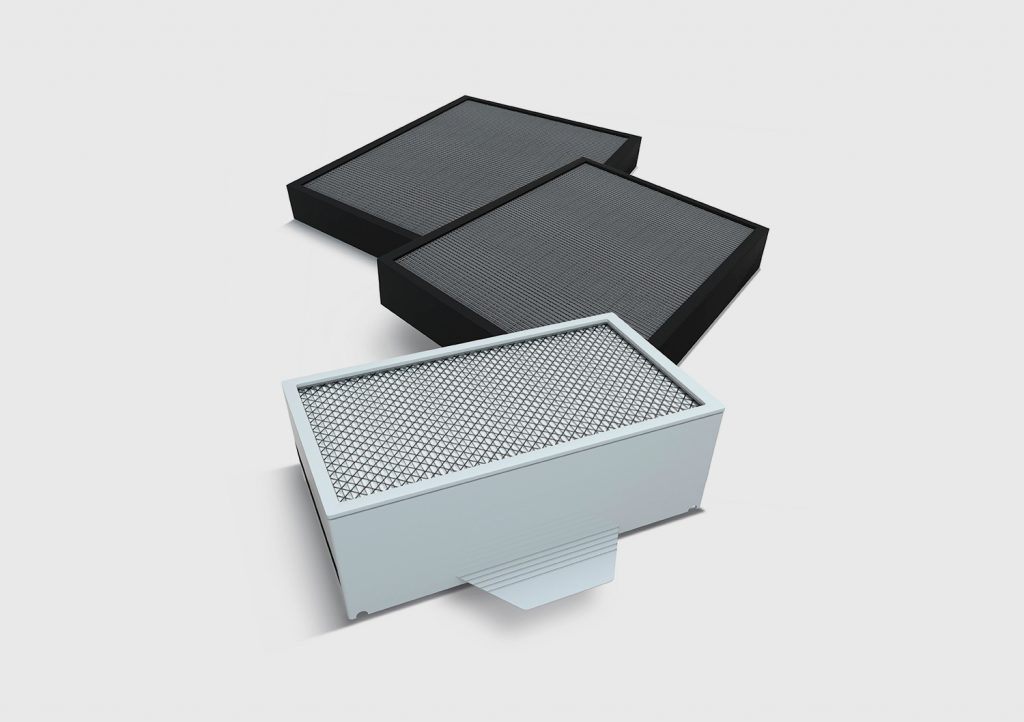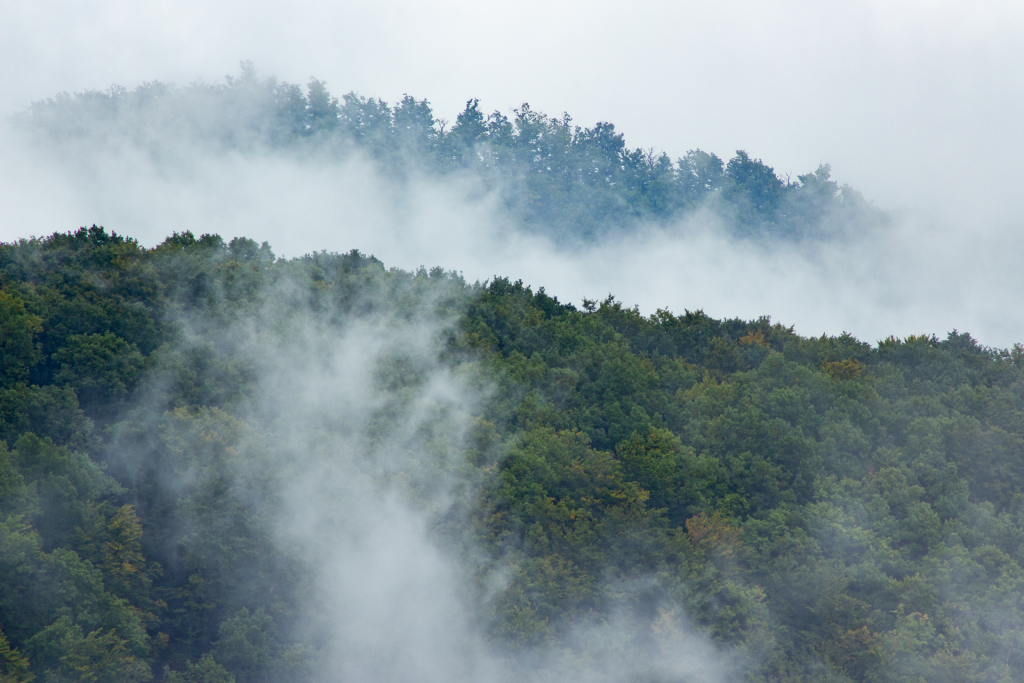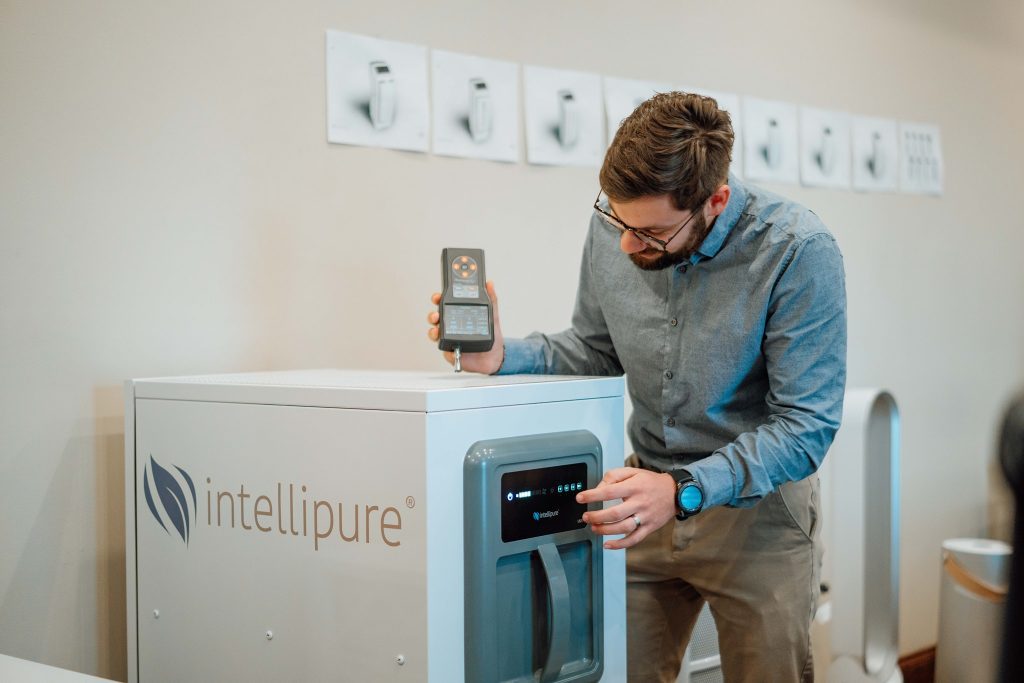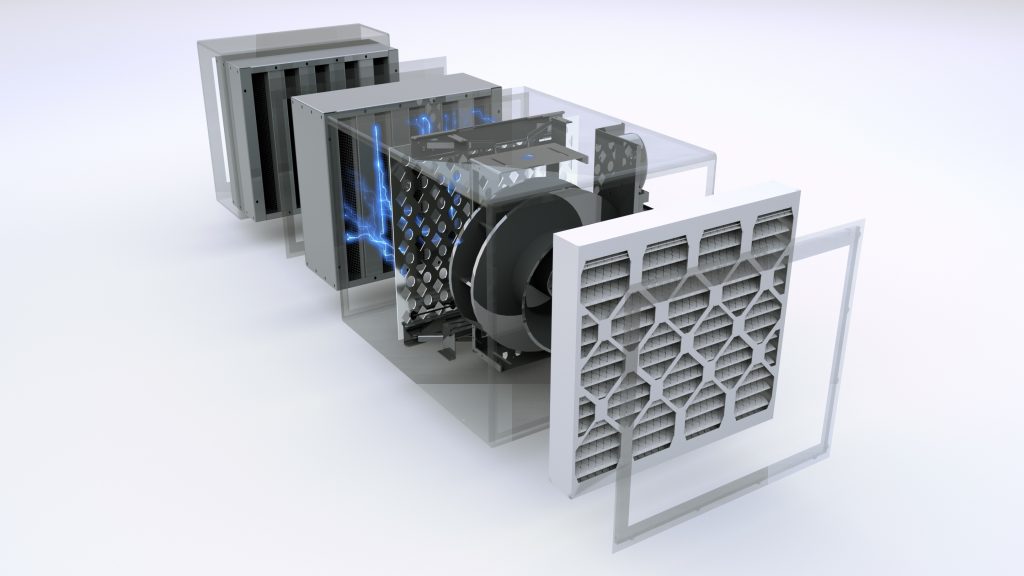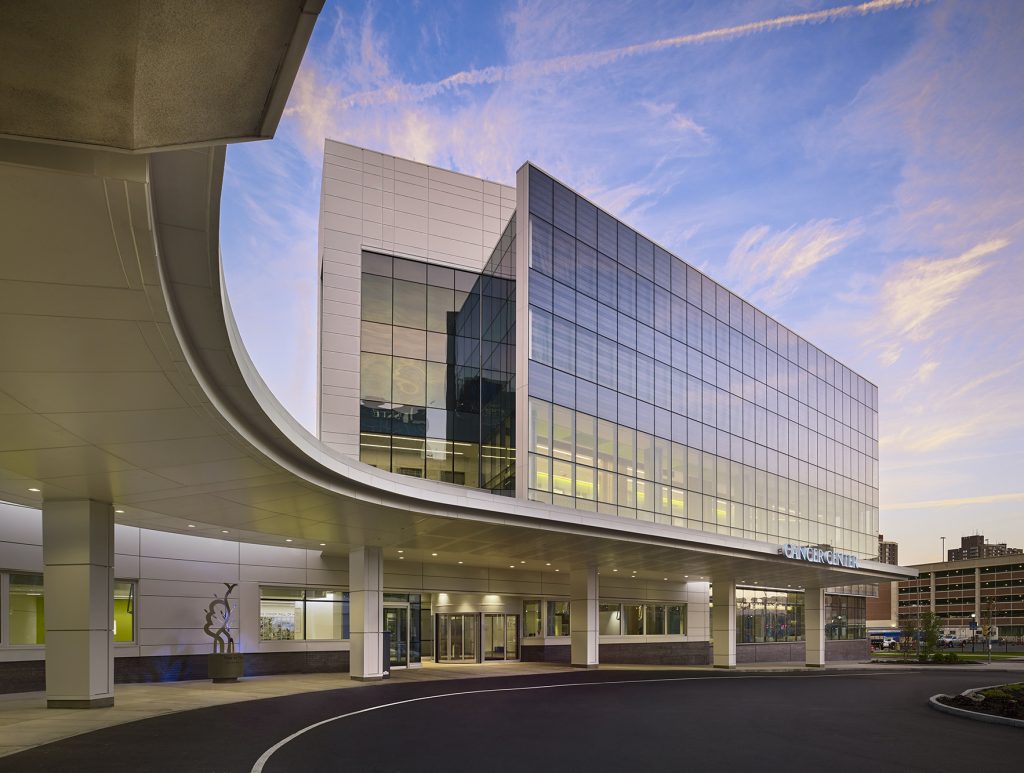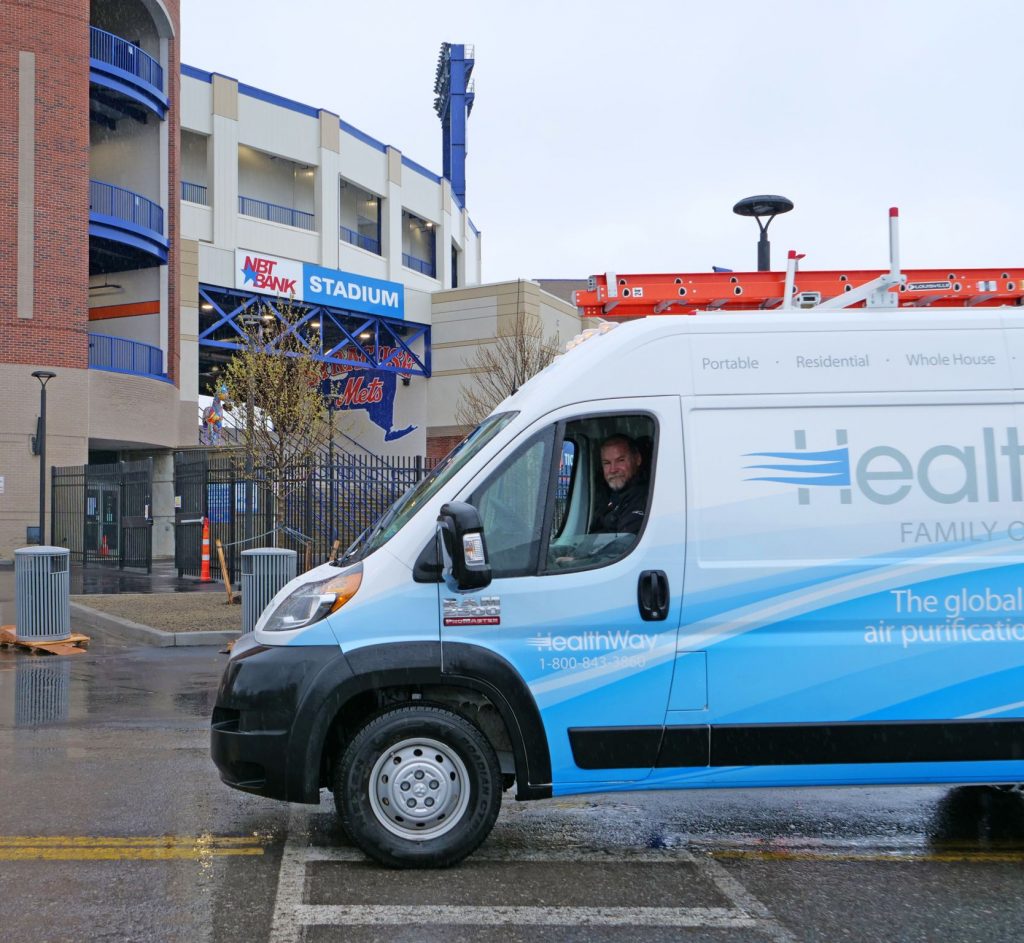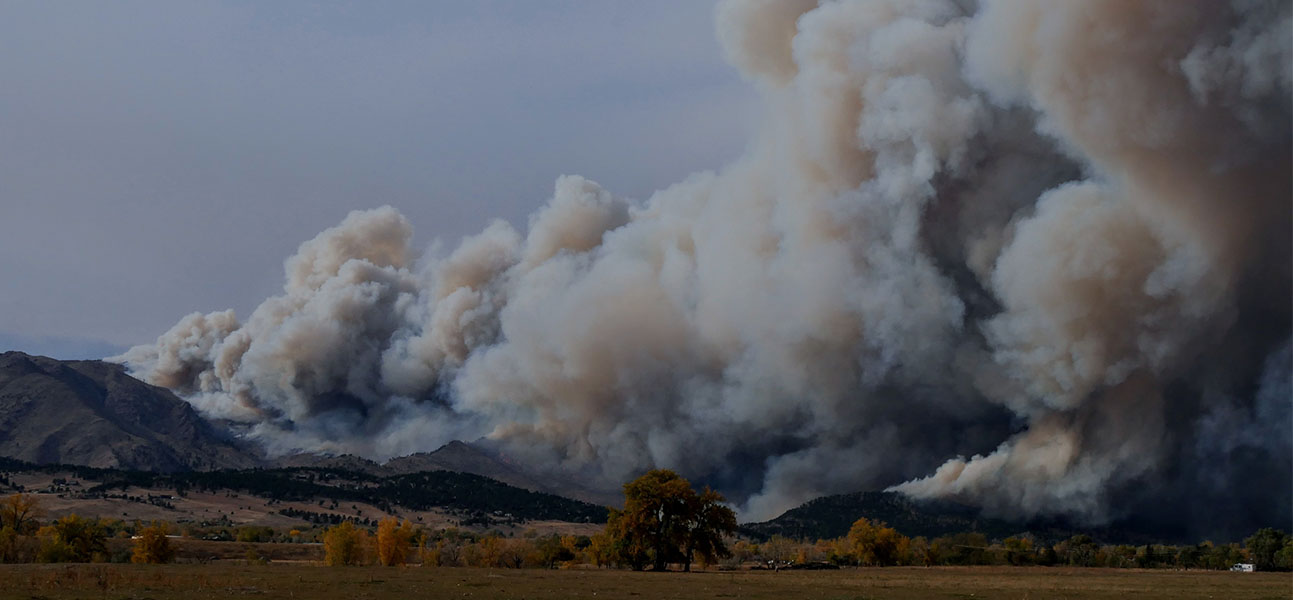The Truth About Wildfire Smoke and How to Recover
Wildfire Smoke Can Travel Thousands of Miles and Linger in Air for Months
As the wildfire season begins, millions of people are in preparation for the events that follow. It’s time to learn the truth about wildfire smoke and the health effects it has on humans. In the United States, nearly 9 out of 10 wildfires are started by humans and could have been prevented. An extreme increase in caution needs to be applied when dealing with fire during the warm, dry months of summer.
Several ways to prepare for wildfire season include being vigilant with all emergency alerts, creating a fire-resistant zone, recognizing nearby water sources, and supplying your family with an emergency plan to escape the fire and dangerous smoke. It may be obvious how dangerous fire is, but what about the heavy smoke and ash it produces?
TABLE OF CONTENTS
1. What Makes Up Wildfire Smoke
2. Inhaling Smoke Affects the Body
3. How Outside Air Enters Indoors
4. Recovery From Wildfire
5. Treating Your Indoor Air
6. Compact Smoke Test
What Makes Up Wildfire Smoke
Although humans are greatly affected by the mass destruction of wildfires at ground level, they also have a huge impact on the air we breathe. Smoke from a large wildfire has the ability to rise up to 14 miles into the stratosphere, then travel thousands of miles across the world due to currents of air and weather systems. Wildfires on the West Coast and Canada were providing “unhealthy” levels of air quality in New York City, around 3,000 miles away.
Inhaling Smoke Affects the Body
Wildfire smoke produces fine particulate called and even smaller nanoparticles. These particles are harmful to humans when they are inhaled since they can penetrate the lungs and then enter the bloodstream. As a result, it can lead to cardiac arrest, heart disease, and stroke, but can also stress and weaken the respiratory system making people more vulnerable to deadly diseases.
How Outside Air Enters Indoors
As you can see (image below), outside air can enter your home in a number of ways. From plumbing to vents and fans, even the most air-tight homes may have some amount of outdoor air entering. Improper indoor air quality can result in many adverse health effects. There are three basic strategies to improve indoor air quality, which include:

Recovery from Wildfire
Once the wildfire has been controlled and it is safe to enter your home (if evacuated), make sure you keep the windows shut and have your air purifiers on the highest level. Windows must remain closed until the outside air quality becomes healthy to breathe once again.
Local stations and emergency alert applications should notify you when the air quality improves, but unfortunately, this may take a while. Smoke can linger in the outside air for days, weeks, or even months, depending on the severity of the wildfire. The image below is an example of an air quality index, which describes the level of concern for humans.

Treating Your Indoor Air
When searching for an air cleaner, make sure they have a VOC filter, which removes household chemicals and gases from the air. Many air purification units can and will help to reduce wildfire smoke and the issues that it can cause. If you’re looking for home or business air purification solutions, visit our residential pages to see how we can help.
Using DFS technology, HealthWay® air purification solutions remove harmful particles from the air. Lingering smoke can irritate the lungs and result in coughing, but more serious side effects if you have asthma or other respiratory diseases. On average, people spend 90% of their days inside. Make the most of your space and breathe clean with the help of HealthWay® products. Watch the HealthWay Compact Air Purifier Smoke Test video here.
For more information from Smokey Bear on how to prepare your home for wildfires, check out the QR code below.
About HealthWay Family of Brands
Located in Upstate NY, we’re a team of experts and industry leaders reimagining the world as a better, safer place with innovative air purification solutions. From homes to commercial buildings, we proudly design and engineer scalable, efficient air cleaning solutions for any environment.
Share postRelated Insights
view all
Leading Hospitality Group Partners with HealthWay® to Provide Clean Air in Hotels
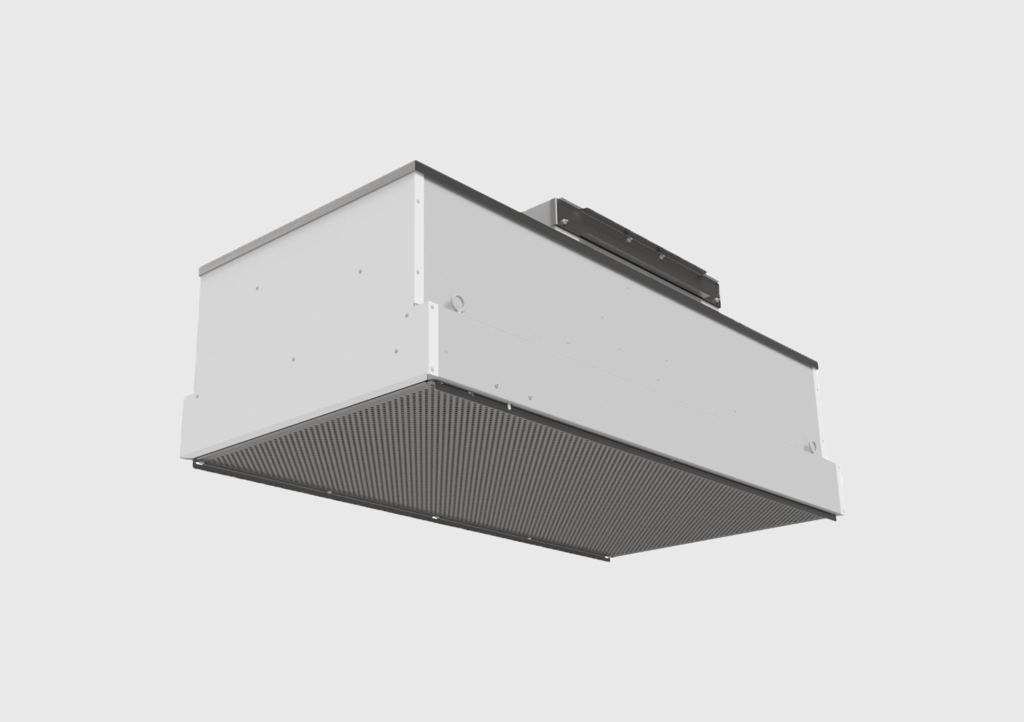
HealthWay® Introduces Energy Efficienct DFS Powered Fan Filter Unit (FFU)
